Email Marketing Strategy: How to Build a Plan That Converts (Without Being Sleazy)
If you’ve ever found yourself wondering whether email marketing is even worth it anymore, you’re not alone.
Social media might be louder, but email marketing? It’s powerful. Personal. And when done right, it converts better than almost any other channel.
But here’s the thing: most email marketing strategies are either outdated, overwhelming, or feel like they belong to some bro-marketing sales funnel from 2014.
Let’s fix that.
In this blog, we’re breaking down exactly how to build an email marketing strategy that aligns with your values and drives results, whether you’re a service provider, creative founder, or growing brand ready to build sustainable visibility without burning out.
Why You Need an Email Marketing Strategy in 2025
There’s a reason the phrase “the money’s in the list” still gets thrown around: email converts.
But it’s not just about conversions, it’s about connection. When someone gives you their email address, they’re inviting you into their inbox, their attention, their world. That’s not something to take lightly.
A strong email marketing strategy allows you to:
- Build long-term relationships beyond the algorithm
- Own your audience (instead of being at the mercy of Meta)
- Nurture potential clients and guide them toward working with you
- Share valuable content that builds trust and authority
- Create consistent, ethical sales without pressure tactics
Still not convinced? According to HubSpot, email generates an average ROI of £36 for every £1 spent. That’s not a typo.
Start With Strategy, Not Just a Sequence

Before you jump into writing your welcome sequence or planning your next launch, zoom out.
Here’s what a solid email marketing strategy needs to consider:
- Your goal: Are you trying to nurture? Sell? Educate? Build community?
- Your audience: What do they care about? What problems are they facing? How do they want to hear from you?
- Your brand voice: Are you playful? Bold? Grounded? How can that come through in every email?
- The journey: How are you moving people from new subscriber to ready-to-buy?
Spoiler: if your strategy is “send a monthly newsletter and hope for the best,” it’s time for a rethink.
Key Elements of a High-Converting Email Marketing Strategy
Let’s break it down into what actually works:
1. A Magnetic Opt-In
Start by giving people a reason to join your list. Think:
- A juicy freebie (worksheet, checklist, audio guide)
- A valuable mini-course or video training
- An exclusive workshop, series, or event
- A quiz that leads to tailored insights
Make sure it’s relevant to your core offer. Your email marketing strategy should attract people who are aligned with what you actually sell.
2. A Welcome Sequence That Builds Trust
Don’t let new subscribers go cold. Use your welcome sequence to:
- Share your story and values
- Give them a quick win or mindset shift
- Introduce your offers without being pushy
- Set expectations for what’s coming next
This is your first impression. Make it feel like a conversation, not a sales pitch.
3. Regular Value-Led Content
Consistency matters, but value matters more. Weekly or fortnightly is ideal, but only if you’re saying something worth reading.
Ideas for ethical, engaging emails:
- Share a personal story that links to a lesson
- Answer a common client question
- Give a behind-the-scenes peek at a launch or process
- Break down a myth in your industry
- Offer a bold take or hot tip (with a soft CTA at the end)
Make it human, make it helpful, and always make it aligned with your email marketing strategy.
4. Segmentation and Personalisation
If you’re still sending the same email to your entire list, we need to talk.
Segmenting your audience helps you:
- Send more relevant content
- Increase open and click-through rates
- Avoid burning out your list with constant promos
For example, you might tag people as:
- Leads who downloaded your freebie
- Past clients
- People who clicked but didn’t buy
- Subscribers interested in a specific service
Use this to personalise your approach and make your email marketing strategy more effective without extra effort.
Avoid These Common Email Marketing Mistakes
Let’s keep it real… here’s what to steer clear of:
Writing like a robot (you’re not ChatGPT)
Sending emails only when you want to sell something
Using manipulative urgency or scarcity
Ignoring mobile formatting
Making it all about you instead of the reader
Your email marketing strategy should centre your audience’s needs while also showcasing your voice and values.
How Often Should You Email Your List?
Consistency is more important than frequency, but that doesn’t mean you should disappear for months at a time.
Here’s how to decide your email rhythm:
- Weekly: Great for building momentum and nurturing fast-growing audiences.
- Fortnightly: Ideal for busy founders who still want to stay top-of-mind.
- Monthly: Better than nothing, but harder to build familiarity or trust.
- Launch periods: You might email 2–3 times per week when promoting something, but always with value in mind.
The golden rule? Pick a rhythm you can actually stick to.
A strong email marketing strategy isn’t about spamming your list, it’s about building a relationship. Think sustainable, not stressful.
Tip: Tools like ActiveCampaign and MailerLite (both follow links) can help you automate emails without losing the personal touch.
Ethical Email Marketing = Strategy That Feels Good
If you’ve ever avoided email marketing because it felt “icky,” that’s a sign the strategy needs to change, not that email isn’t for you.
There is a way to sell without sleaze, show up without burning out, and grow your business without chasing trends.
That’s what I teach inside my client strategies and marketing mentorship. And it’s exactly what your email marketing strategy can do when it’s built around sustainability, clarity, and connection.
Should You Use AI to Write Your Emails?
AI tools (like yours truly) can be brilliant support, but they’re not a shortcut for connection.
If you’re using AI in your email marketing strategy, make sure you’re still:
- Reviewing tone and making it sound human
- Including personal stories or real-life experiences
- Editing for accessibility, clarity, and relevance
- Maintaining your brand’s unique voice
AI can help you brainstorm, outline, or draft emails, but the final touch? That needs to be you.
Want a deeper dive? Check out this guide on human-first email marketing from Litmus.
What Metrics Should You Track in Email Marketing?
If you’re not measuring your results, how can you improve them?
Track these key metrics to make your email marketing strategy data-led without the overwhelm:
- Open Rate: Are your subject lines doing their job?
- Click-Through Rate (CTR): Are people engaging with your content?
- Unsubscribe Rate: Is your messaging landing or pushing people away?
- Conversion Rate: Are your emails driving action, not just opens?
Bonus: Keep an eye on deliverability rates (especially if your list is growing fast) using a tool like SenderScore.
Remember, email marketing isn’t about vanity metrics, it’s about real relationships, real conversions, and building trust over time.
Final Thoughts: You Don’t Need a Big List – Just a Bold Strategy
You don’t need 10k subscribers to make email marketing work.
You need:
- The right people on your list
- A clear, values-aligned email marketing strategy
- The courage to show up as yourself (yep, even in inboxes)
If you’re ready to simplify your strategy, reclaim your voice, and make email a powerful part of your marketing again, this is your sign.
✨ Your inbox deserves better. So does your audience.

Need help creating an email marketing strategy that actually works for you?
Let’s co-create a bold, ethical plan that gets results.
🖤 Work with me here



